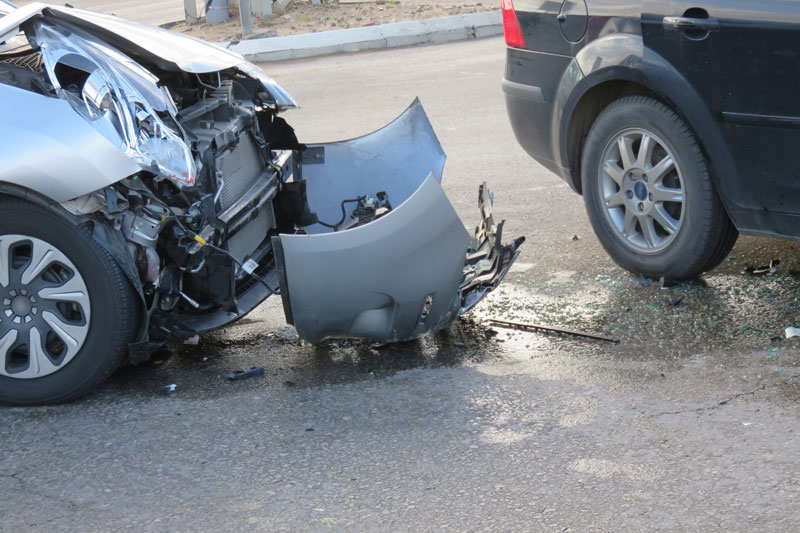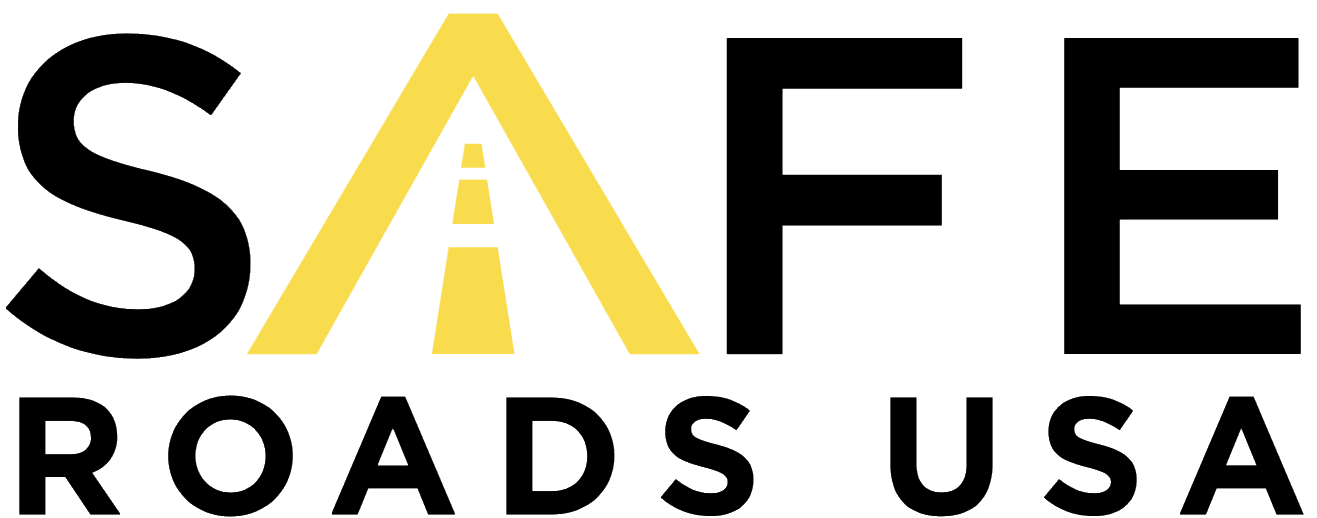Most Dangerous Roads in Baton Rouge

As one of Louisiana’s more populous cities, traffic crashes are a part of life in Baton Rouge. No matter where you are traveling in the city or your journey’s purpose, you are always at risk of being involved in a wreck. Crash data reveals, however, that some stretches of road experience a greater number of accidents than others.
A truck or car accident can have a devastating impact on you and your family. Your injuries can place a strain on your mental and financial well-being and lead to a host of negative consequences. That’s why it is beneficial to know the areas where you should exercise additional caution to avoid a crash.
How Dangerous Are Baton Rouge Roads?
In 2022, 49 fatal crashes occurred in Baton Rouge. This means that approximately four crashes per month — or just less than one crash per week — resulted in at least one death. There were also 3,814 wrecks that injured one or more people, which equals around ten injury accidents per day.
These statistics are even higher if you include accidents in West Baton Rouge. New Orleans is the only city in Louisiana that experienced a greater number of fatality and injury crashes.
Why Some Baton Rouge Roads Are More Dangerous Than Others
Many motor vehicle crashes are the result of the choices drivers make. These decisions include choosing to speed, consume alcohol, and text while driving. However, the characteristics of a road can also make an accident more likely to occur.
Some of these road features that can play a role in a car or truck wreck include:
Elevated Speeds
Roads with a higher speed limit are dangerous, as are roads where drivers feel empowered to travel at an excessive speed. Drivers who speed have a more difficult time avoiding collisions and controlling their vehicles. Additionally, accidents that involve excessive speed tend to result in more serious injuries and fatalities.
Poor Visibility
Roads with sharp curves or hills or that are bounded by thick vegetation and trees make it challenging for drivers to see obstructions and dangers. To navigate these treacherous stretches of road, drivers will often slow down. However, doing so can transform these drivers into a hazard to other motorists who choose not to reduce their speed.
Not Designed For Volume
Some roads handle a much greater volume of traffic than they were originally designed for, resulting in a large number of vehicles packed tightly together in a small area. The more cars that are present on a road segment at any one time, the greater the potential for two of them to collide if one driver is not maneuvering carefully.
Where To Find Baton Rouge’s Most Dangerous Roads
When examining a map of all accidents that happened in Baton Rouge between 2021 and 2022, several road segments appear to have experienced a greater volume of accidents than others. Here are some of the most dangerous stretches:
The Great River Road / I-110
As one of the major highways running through Baton Rouge, I-110 had hundreds of crashes between 2021 and 2022. There were especially high numbers of accidents where I-110 intersects with Interstate 10, Louise Street, and Chippewa Street.
North Acadian Thruway
Both the eastern and western stretches of the North Acadian Thruway are hotspots for traffic collisions. The intersections with Florida Boulevard and Government Street are particularly dangerous, with dozens of crashes happening at each intersection in 2021 and 2022 combined.
The volume of traffic accidents decreases somewhat as the road turns into the South Acadian Thruway. However, the road as a whole is one that drivers should be careful of when traveling.
Sanford Avenue
To the southeast of downtown Baton Rouge lies Sanford Avenue. Running alongside University Lake, the portion of Sanford Avenue between Perkins Road and Highland Road has a high volume of traffic accidents. At least 100 accidents occurred on or near Sanford Avenue between 2021 and 2022, including over 20 that happened at the intersection with Perkins Road alone.
Nicholson Drive – East Boyd Drive – Burbank Drive Triangle
These three streets in the south of Baton Rouge form a triangle. In 2021 and 2022, there were more than 50 traffic wrecks within this area. The volume of motor vehicle accidents lessened north of Gourrier Avenue.
For example, only about ten accidents were recorded at the intersection of Nicholson Drive and Gourrier Avenue. Similarly, only five happened where Nicholson Drive intersects with Skip Bertman Drive on Louisiana State University’s campus.
Nicholson Drive South of I-10
The number of traffic accidents on Nicholson Drive increased north of LSU’s campus and in the direction of I-10. Between the I-10 interchange and Terrace Street, there were no fewer than 25 traffic accidents.
This equals about one accident per month for every month in 2021 and 2022 in just this small area alone. And that number represents only a fraction of the accidents that happened between I-10 and Aster Street on Nicholson Drive.
Accidents Decrease Away From Downtown
In general, there were far fewer accidents closer to the downtown areas of Baton Rouge’s roads. Near the I-10/I-110 interchange, there were over 4,500 crashes of all severity levels between 2021 and 2022.
However, further south, there were only 62 accidents in the area where Garden Lane intersects with Nicholson Drive. Similarly, more accidents generally happened closer to major interstates than away from them.
All Baton Rouge Roads Are Not Equally Dangerous
Not every road in Baton Rouge experiences the same concentration of accidents. However, the streets listed above are just those where extra caution is warranted.
You might not be able to control a road’s characteristics or other drivers’ behavior. But by driving cautiously in Baton Rouge, LA, especially on its most dangerous roads, you can reduce the likelihood that you or your family will be involved in a crash.
